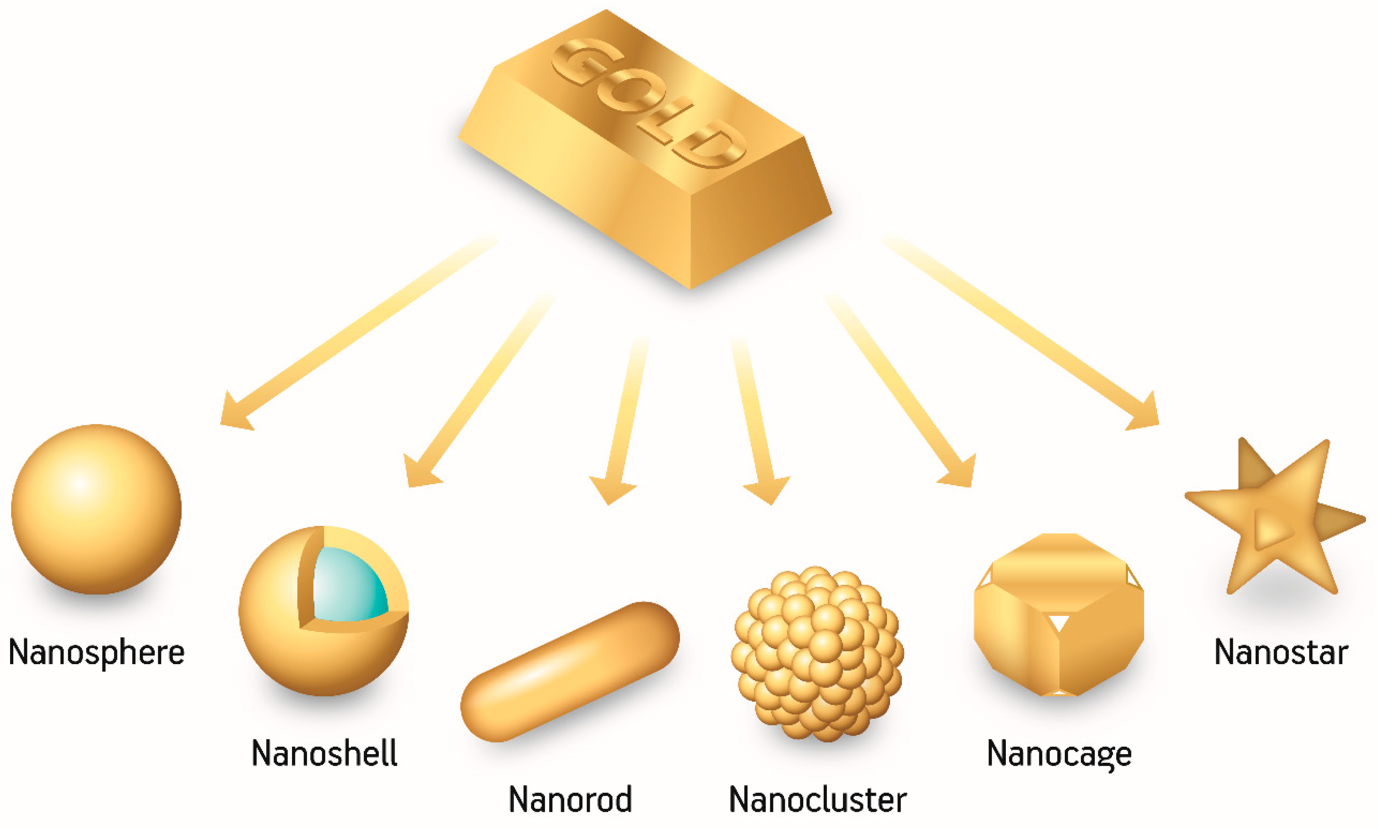Description

Disclaimer: Copyright infringement not intended.
Context
- Gold nanoparticles, often referred to as 'gold bhasma,' have gained recognition for their therapeutic and beautifying properties in skincare.
- These nanoparticles not only protect the skin from external infestations but also combat aging, improve metabolism, and rejuvenate the body.
Details
- Gold nanoparticles are easily absorbed by the skin and act as a rejuvenator, potentially benefiting various systems of the human body.
- They are integral to various Ayurvedic preparations, known for their rejuvenating, immuno-modulating, beautifying, and healing properties.
- Gold nanoparticles are known to slow down collagen depletion, stimulate cell regeneration, improve metabolism, and tone up muscles.
- They strengthen underlying tissue, bones, and nerves, contributing to a youthful appearance.
- Innovative formulations, such as sparkling gold face washes enriched with gold nanoparticles and other natural ingredients, offer potent skincare solutions.
Introduction to Gold Nanoparticles
- Definition and Characteristics: Gold nanoparticles (AuNPs) are nanoscale particles composed of gold atoms, typically ranging from 1 to 100 nanometers in size. They possess unique optical, electronic, and catalytic properties due to their size and shape.
- Properties: Their properties include unique optical, electronic, and catalytic characteristics arising from their nanoscale dimensions and morphology.
- Synthesis Methods: Various techniques such as chemical reduction, physical vapor deposition, and biological synthesis are employed to fabricate gold nanoparticles.

Physical and Chemical Properties
- Size and Shape Dependence: Optical and electronic properties vary with size and shape, impacting their applications in various fields.
- Surface Plasmon Resonance (SPR): Surface Plasmon Resonance (SPR) is a phenomenon where the collective oscillation of free electrons in gold nanoparticles results in strong absorption and scattering of light, making them useful in various optical applications.
- Surface Functionalization: Modification of surface chemistry enables specific applications such as targeted drug delivery, biosensing, and imaging.
Applications of Gold Nanoparticles
- Biomedical Applications: Gold nanoparticles find applications in imaging, therapy, and diagnostics. They serve as contrast agents in X-ray, computed tomography (CT), and photoacoustic imaging, and also facilitate photothermal therapy and drug delivery.
- Catalysis: Due to their high surface area and unique electronic properties, gold nanoparticles exhibit remarkable catalytic activity in various chemical transformations.
- Electronics: In electronics, gold nanoparticles are used in nanoelectronic devices, conductive inks, and sensors.
- Environmental Remediation: Gold nanoparticles are employed in detecting and removing pollutants from water and soil.
|
PRACTICE QUESTION
Q. Gold nanoparticles offer a versatile platform with diverse applications in biomedicine, catalysis, electronics, and environmental science. Discuss. 150 Words.
|
















